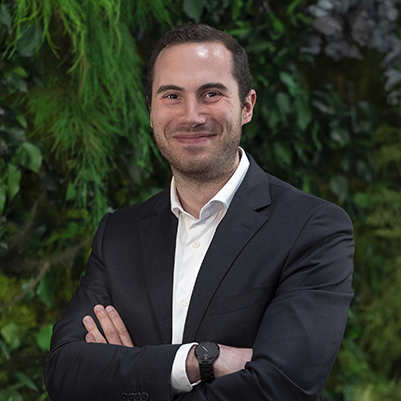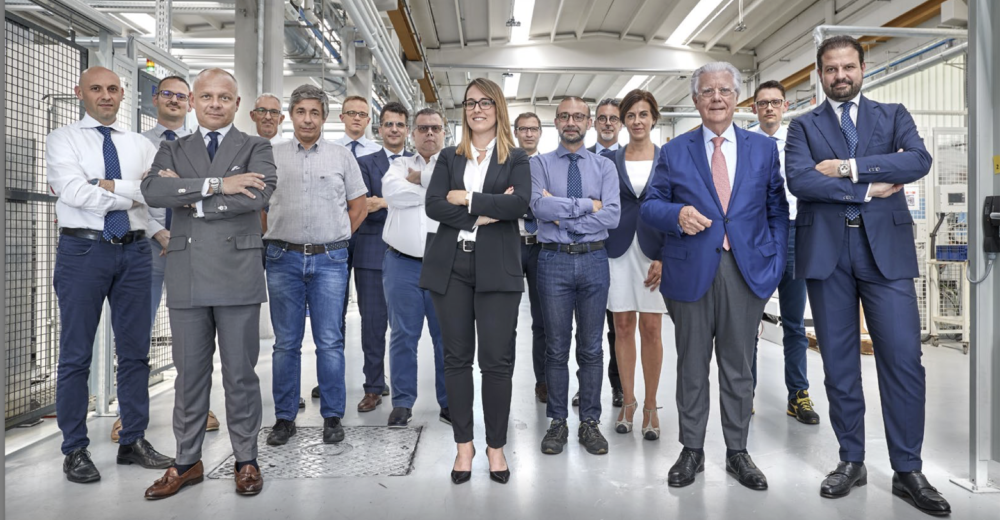Innovation and natural evolution: what does Darwin teach us?

Indice
On 1 July 1858, Charles Robert Darwin’s theory of the origin of species by natural selection was presented to a rather small audience at the Linnean Society in London. The theory was presented by Charles Lyell, together with his colleague Joseph Hooker, while Darwin was not present because of the recent death of his youngest son; on that same occasion a communication from Alfred Russel Wallace addressed to Darwin was also read, in which Wallace had exposed the formulation of his theory on the origin of species – developed independently by him – but which had many points of contact with that of Darwin.
Darwin’s essay on “On the Origin of Species” was published a year later, on 24 November 1859: the interest aroused by this work was such that the first edition, printed in 1250 copies, sold out the same day.
“I love fools’ experiments. I am always making them” (Charles Robert Darwin)
Darwin and the evolution of species: is innovation ante litteram?
What assonances have Darwin’s “On the Origin of Species”, then subject to several modifications and addendum over the decades, and the management of innovation within companies?
From the analysis of different innovation projects addressed in diverse production realities, both in B2C and B2B sectors, we can say that it is still well rooted within companies that the idea that to develop High Impact Innovations is necessary an unpredictable, chaotic process, to put it in one word (perhaps) unmanageable. This view of innovation and its management is imperfect and certainly not attractive or functional.

On the contrary, innovation can be designed and executed as a process, an evolution, a succession of steps along a path traced, therefore manageable and repeatable, which can absorb and make its own the two cardinal principles of the Darwinian theory:
- the generation of variance – the ability to create different forms of life;
- Selective pressure – the ability to select life forms that can survive in each environment.
Define “High Impact Innovation”
We create a common ground around what we mean by High Impact Innovation.
This type of innovation necessarily has a fundamental characteristic that is expressed in two different fields: it must deliver a high impact both within the company and outside the company, on the market.
1. High Impact within the company
High Impact within the company means the ability of this innovation to be sustainable for the company, achieving operating margins and making the (possible) investments necessary to develop it affordable and profitable.
2. High Impact outside the company
High Impact outside the company, therefore in the market, means the ability of this innovation to solve a problem for a segment of customers, or to create a new demand for that innovative product/ service that did not exist before. Ultimately, we mean the ability of innovation to deliver value to the market.
The combination of these two aspects makes innovation truly meaningful for the company and its customers and makes it successful in the market.
To ensure the success of this innovative process (and evolutionary, to keep the analogy) it is vital for companies to have a repeatable and sustainable process that guarantees its conception, development, launch and management.
The common mistake
The common approach we have observed in several companies towards innovative development is to fund many R & D projects, with the intention (or hope) of the profits from the success of a couple of these projects cover the costs of all the other unsuccessful projects.
“On the other hand, sooner or later some project we have in our portfolio will work“: with these words an R&D Manager of a company operating in the metalworking sector has synthesized their innovation system, certainly not sinning for synthesis and exhibition effectiveness.
Theoretically, this approach has all the dignity of this world to be implemented: risk diversification is one of the key principles of managing a portfolio of projects (the same concept is also applied in the financial sector) and, combined with a very rigid system of project selection based on the results already achieved in the short term, may seem like a good way to avoid wasting resources on innovative ideas that – apparently – have no future.
There are, however, two blind spots which we risk running into by applying this modus operandi.
- the concept of “kill projects immediately and often”, ignores the fact that potentially innovative ideas with high impact can be carriers, at least at the beginning of their development, of several defects. Not allowing time for ideas to develop, this approach risks stifling the idea and innovation at birth, without leaving the idea enough space and time for a more mature development.
- The under-funding dynamics of projects, combined with the pressure to deliver immediate tangible results, can create dysfunctional innovation relationships between project teams and company management. If on the one hand the management would like to taste immediate results from the projects, on the other hand the project teams can be led to work with the fear of having their own project cancelled: this report brings the teams:
-
- failure to communicate all project-related information fully to management,
- not to communicate your progress to other project teams that may be of interest for their development
- to postpone testing and experimentation activities that could bring out important critical issues on the project (absolutely deleterious idea!).
Generating variance: the ability to create different innovative ideas
When innovating, the generation of variance is not spontaneous, as in the natural world. It must be developed by people looking for new or different ways of solving customer problems or seeking a new understanding of these problems; unfortunately, in most cases, Innovation teams limit their thinking to modifications and refinements of known ideas, which they know and for which they are confident about their success.
Designing a process that encourages the elaboration of new ideas and which are far from the “already done” in the company can overcome this obstacle: preparing a phase of “Innovation Strategy” where there are specific opportunities for meeting the generation of ideas and implementing tools typical of the Impact Innovation method (such as the Value Lifecycle Map) can open the minds of innovation teams, that they will be faced with the entire functioning of the market and the criticalities that each actor lives and experiences throughout its life cycle.
In this way the generation of ideas, which aims to solve specific problems or seize certain opportunities, turns out to be much more focused than the different target markets and “guided” by the method, which can be repeated, for example, for a different specific sector than the one examined previously or for a different product family. To work at its best, this phase requires strong interdisciplinary collaboration: heterogeneous teams extend the scope of exploration by combining previously separate knowledge domains.
Selective pressure yes, but time to time!
The generation of variance is only the first step in evolution, and innovation: it is the selective pressure, through competition for resources (we would say food, in the Darwinian similarity of species evolution) to determine which variations survive and which do not (in genetics, for example for a bird, they could be longer beaks and more functional to collect food).
We can apply this same principle to innovation, but avoiding the dysfunctional drifts mentioned above.
Designing a process organized into successive macro-phases, for example consisting of idea generation, preliminary development, detail development, testing and prototyping, industrialization and market launch, by providing for each phase a standard set of tools that innovation teams must use to carry out macro-phase activities, and by establishing certain points of recurrent monitoring and evaluation throughout the process, we could:
- to implement a system that regularly produces outputs which are predictable and, at least in their structure, easily evaluated by management;
- develop a system that regularly evaluates which ideas are worth developing and therefore receive budget for implementation, instead of allocating corporate resources to a series of projects only in their start-up phases;
- to build a system that regularly self-learnsfrom innovative ideas that present insurmountable obstacles to development and that quickly decideswhich ideas to pursue, which to stop temporarily because, for example, they are worthy of further investigation or testing, and what to kill because already no future.
High impact process for high impact ideas
High impact innovation can be pursued and made systemic through the design of a rigorous and disciplined process consisting of exploration, evaluation and selection, experimentation and learning.
Mastering the process, however, requires an organizational transformation in which people, and particularly managers, adopt the right behaviors, starting to consider ideas seemingly outside of the corporate comfort zone, and by suspending judgment at the beginning of the exploration process. It is necessary to begin to embrace learning through the experimentation of ideas and their eventual failure, exercising recursively the capacity of judgment on the company’s innovation portfolio.
Implementing business innovation according to the cornerstones of evolution determines a new added value for the company, enabling it to equip itself with a replicable and repeatable method, that combines visionary and strategic skills – knowing how to look far – with pragmatism of action – knowing how to realize quickly – typical and characteristics of a Lean Lifestyle Company that wants to concretize a new way of being and doing business.
Articolo a cura di:

Riccardo Siciliani
former Manager Lenovys
He is a Manager in the Delivery Unit Strategy & Innovation at Lenovys, and manages projects related to the definition and implementation of corporate strategies, the innovation systems and application of Lean Product and Process Development principles with clients operating in the manufacturing, food & beverage and financial services sectors.
Read more
Prossimi eventi










